From the Acropolis that still dominates the city’s skyline to the ancient Agoura where Socrates and Plato once strolled, Athens is a place where the past is always present. Despite the economic challenges that Greece has faced in recent years, the cradle of Western civilization has plenty of contemporary attractions to offer.
As the primary entry point to Greece, the country’s capital serves as a launching pad for excursions outside the city too. Day trips from Athens range from outings to nearby sites like the Temple of Poseidon to day cruises to the engaging islands of the Saronic Gulf. Here’s a look at the most popular day trips from Athens.
Map of day trips from Athens
8. Ancient Corinth
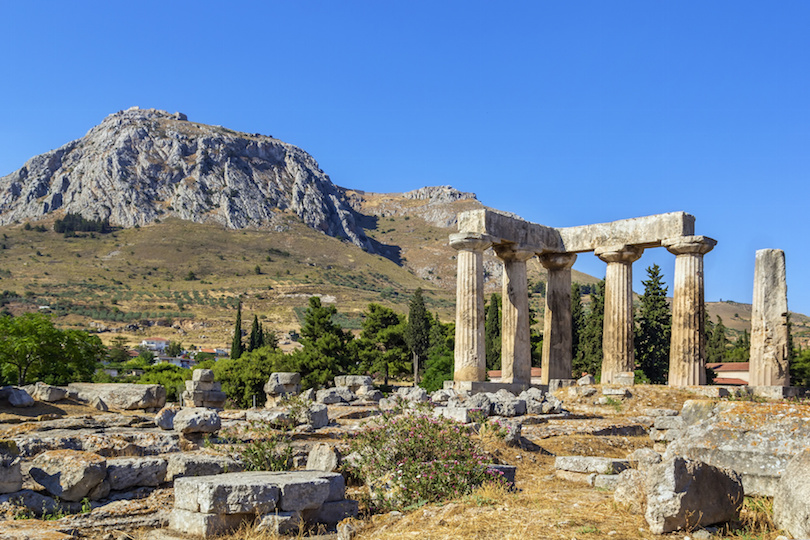
Situated on the narrow isthmus that joins the Peloponnesus to mainland Greece, the ancient city of Corinth has been undergoing excavation since 1892. The Greek city thrived for millennia before the Romans razed it in 146 B.C., and then prospered again after it was rebuilt a century later under orders from Julius Caesar.
Archeological finds at the site span many centuries and range from beautiful examples of ancient Greek pottery to colorful Roman mosaics. The site’s star attractions include the remains of a classically Greek temple to Apollo that dates back to the 6th century B.C. and the Bema platform from which St. Paul orated before the Roman governor in 52 A.D.
Getting to Ancient Corinth
- By bus, it takes around 90 minutes to get from the center of Athens to Corinth, and buses depart very regularly from Kifissos Bus Terminal. From Corinth, you then need to take a short bus or taxi ride to the archaeological site of Ancient Corinth, which lies on the outskirts of the city. Once you arrive, you’ll find the spectacular site lying right before you.
- The easiest way to visit Ancient Corinth is by driving there yourself; this means you won’t need to navigate public transport or worry about getting there and back. From Athens, it only takes an hour to drive there, as the A8 will take you all the way. Just stay on it heading west out of Athens, and only turn off once you see signs to Ancient Corinth; you’ll find the site just a short distance away. A bonus of driving is that you can then easily visit some of the other impressive sights in Corinth, or even head off to explore nearby Mycenae, Epidaurus, and Nafplio.
7. Aegina
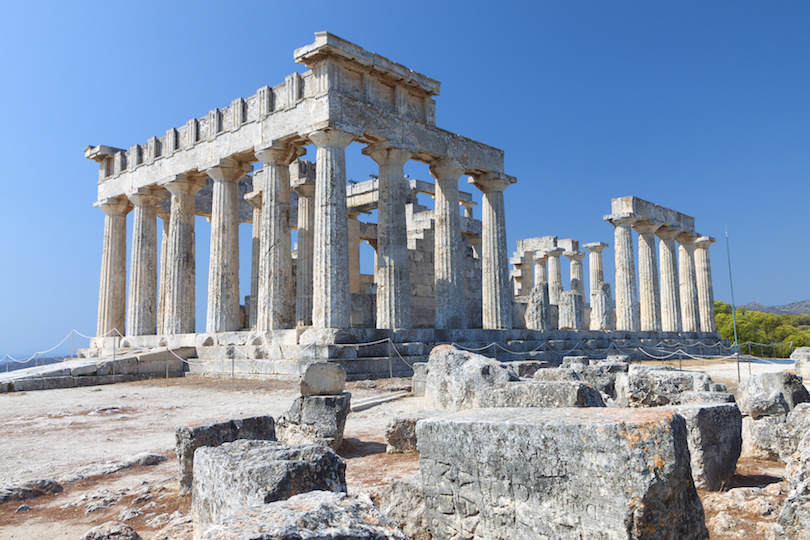
The island of Aegina’s close proximity to Athens makes it a popular destination for local and tourists alike. Hydrofoil ferries from Piraeus whisk visitors to Aegina in just 40 minutes. Famed for its pretty beaches and pistachio orchards, Aegina also has several important ruins that reflect the island’s wealth and importance as a maritime power in the 7th and 6th centuries B.C.
The artfully designed Temple of Aphaea became a favorite subject among Neoclassical and Romantic artists in the 19th century who considered the temple’s beauty on par with the Parthenon in Athens. Excavated artifacts from the site are on display at the Aegina Archaeological Museum.
Getting to Aegina
- To get to the glorious island of Aegina from Athens, you first need to head to the port of Piraeus, which is just a 25-minute metro ride away from the capital. From here, several companies run ferry services to Aegina. The crossing can take as little as 40 minutes or as long as an hour and a half, depending on which one you choose. During the summer months, ferries run to Agia Marina port, which is nearer to all the main sights. The rest of the year, they only run to Aegina Town, so you’ll have to take a bus or taxi from there to the Temple of Aphaea.
- Another option for visiting Aegina is to sign up for a guided tour that also takes you to the nearby islands of Hydra and Poros. With free time on each island, you’ll get to explore them in your own time. The views from aboard the boat are stunning, as you skim across the glittering waves of the Saronic Gulf.
6. Mycenae
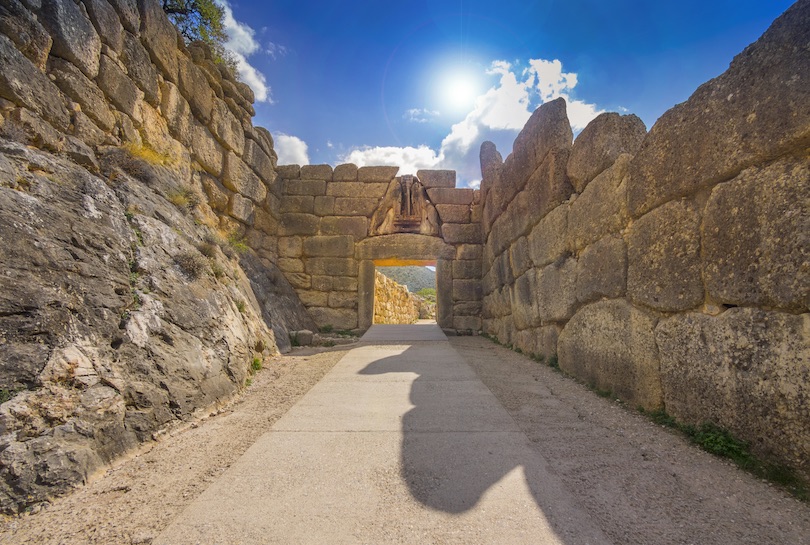
Characters from Homer’s tales of the Trojan War seem to come to life at ancient Mycenae located southwest of Athens. First excavated by German archaeologist Heinrich Schliemann in 1874, the ruins of a hilltop citadel were once the Bronze Age home of the fabled Agamemnon and his wife Clytemnestra.
While the golden treasures of Mycenae have been removed to the National Archaeological Museum in Athens, visitors can still walk through the famous Lion’s Gate, climb into the site’s secret cistern and explore the royal tholos tombs, giant beehive-shaped stone structures built between 1500 and 1650 B.C.
Getting to Mycenae
- Lying around 120 kilometers to the southwest of Athens, Mycenae takes about two hours to get to by public transport, and buses depart once an hour from Kifissos Bus Terminal. Simply hop on the bus to Nafplio and alight once you come to Mycenae on the way there.
- Another option is to drive there yourself; while this does then mean you can visit any of the incredible places near Mycenae – such as Epidaurus, Nafplio and Ancient Corinth – you will have to pay a toll to use the motorway there and back. Just head west out of Athens on the A8 and follow the lovely coastal road until the outskirts of Corinth, where you should turn off onto the A7. This you need to stick on until you see signs directing you to Mycenae.
- For visitors interested in learning as much about Ancient Greece’s fascinating history as possible, you can’t beat taking a guided tour. With a professional guide accompanying you, you’ll learn all about Mycenae and its incredible monuments – such as the Lion’s Gate and Tomb of Agamemnon – before heading off to explore the fantastic theatre at Epidaurus and the charming seaside village of Nafplio. With so much included on the tour, it is an action-packed day out that is as informative and interesting as it is entertaining and enjoyable.
5. Epidaurus
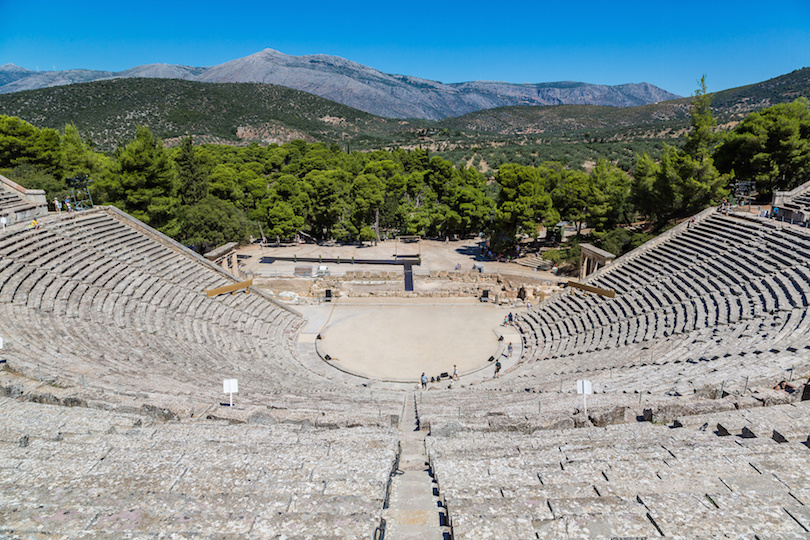
A grand open-air theater is the main sight in the municipality of Epidaurus. Nestled among rolling hills, the 14,000-seat amphitheater dates back to the 4th century B.C. The theater’s acoustics are so perfect that it is still considered a prime venue for dramatic productions today.
Epidaurus is also notable for the Temple of Asklepios located north of the theater. One of the most famous healing centers of the ancient world, patients would spend the night in the great sleeping hall, waiting for the healing god to visit them in their dreams. The sanctuary includes remnants of Greek baths, physician rooms and an expansive gymnasium.
Getting to Epidaurus
- To get to Epidaurus using public transport is relatively simple; several buses depart daily from Kifissos Bus Terminal in the west of the city. The bus ride takes about two hours, and on the way, you’ll enjoy some lovely coastal views. Once you alight, you’ll find the fascinating archaeological site lying before you.
- Driving to Epidaurus is a bit quicker at around an hour and 40 minutes. Going by car means you can visit the nearby sites of Nafplio, Mycenae, and Ancient Corinth if you feel like it. From the center of Athens, head west on the A8 and stay on it until just before Corinth. You then want to turn off onto the EO10 heading south; this will take you directly to Epidaurus. Here, you can park at the archaeological site and explore it on foot.
- A lovely way to see as much of this beautiful part of Greece as possible in one day is to join a guided tour that takes you to Epidaurus, Mycenae, and Nafplio. With spectacular sights on show such as the Tomb of Agamemnon, the Lion’s Gate, and of course the ancient theatre of Epidaurus, it is an amazing day out that will leave you astounded at just how much history Greece has to offer up.
4. Nafplio
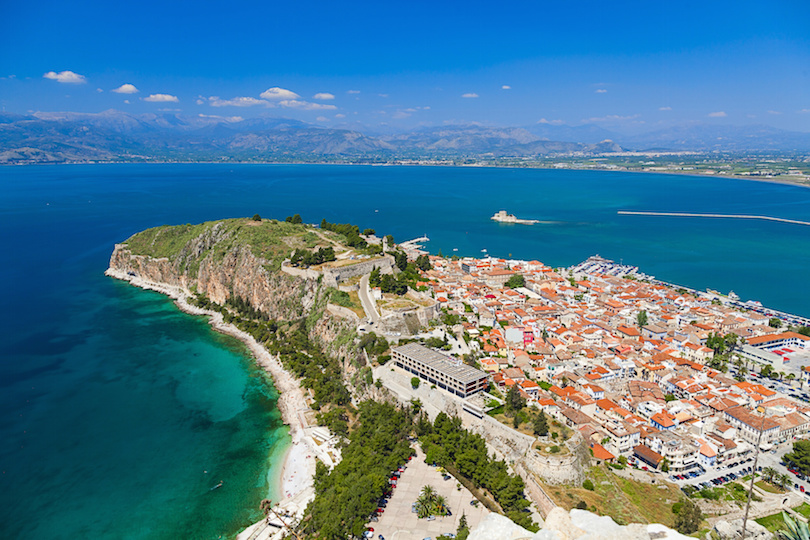
A two-hour drive from Athens brings travelers to Nafplio (or Nafplion), a beautifully situated village in the Peloponnese region of southern Greece. Graced with attractive narrow streets and elegant Venetian houses, the seaside city extends into the harbor on a hilly promontory jutting into the Argolic Gulf.
Incredible vistas of the harbor and town are reason enough to visit Nafplio, but there are several Venetian fortresses worth viewing too, including the petite 15th-century Boúrtzi castle built on a small island in the bay. The much larger 18th-century fortress of Palamídhi overlooking Nafplio is the best-preserved of its kind in Greece. It’s accessible by car or by climbing the 999 steep stone steps to the top.
Getting to Nafplio
- The easiest way to get to Nafplio by public transport is to head to Kifissos Bus Terminal in the center of the city and hop on a bus to the delightful village. Buses depart quite regularly, and the journey should take between two to two and a half hours in total. Once you arrive, Nafplio is very easy to navigate on foot; it is quite compact, and all the sights don’t lie too far away from one another.
- By car, it takes about two hours to get to Nafplio, and the directions are straightforward to follow. Just head west out of Athens and take the A8 until you reach Corinth. Here, turn off onto the A7 and follow it until past Mycenae, when you should see signs directing you to Nafplio. After having explored the village to your heart’s content, make sure to stop by either Mycenae or Ancient Corinth on the way back, as they both have incredible ruins for you to visit.
- If you’re pressed for time, you may want to consider a guided tour that not only takes you to Nafplio but also the breathtaking archaeological sites of Epidaurus and Mycenae. With an expert guide on hand, you’ll come away having learned a lot about Greek history; each place you visit appears even more incredible than the last.
3. Cape Sounion
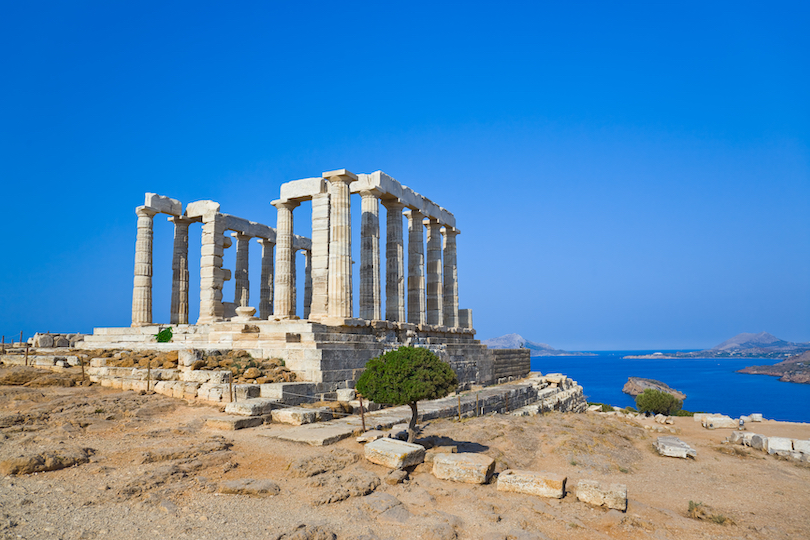
Located a short drive east of the capital, Cape Sounion is one of the most popular destinations for day trips from Athens. Perched atop the headland at the tip of the Attica peninsula stands the ruins of the Temple of Poseidon, which was built in the 5th century to pay homage to the god of the sea.
The Greek temple has been a must-see spot for tourists since 1810 when Lord Byron etched his name into one of the shrine’s 15 original columns. The site is most visited at sundown when the temple glows golden from the rays of the setting sun.
Getting to Cape Sounion
- By public transport, it takes around an hour and a half to get to Cape Sounion from the center of Athens; buses depart every hour or two from Pedion Areos. The bus ride takes you through some lovely countryside, and once you arrive at Cape Sounion, everything is just a short distance away by foot.
- Driving there yourself is a bit quicker at around an hour and 15 minutes, and you have a couple of different routes to choose from. You can either head to nearby Piraeus and take the slightly longer yet more scenic route along the E091 coastal road to Cape Sounion, or head east from Athens and take the A6 heading south. Once you’ve seen Cape Sounion, it is well worth stopping off at some of the charming little villages and beaches that lie nearby.
- Many people who want to visit Cape Sounion from Athens opt to take a guided tour, as this is a hassle-free way to see one of the most photographed monuments in the country. The famous Temple of Poseidon is located in a beautiful setting. In addition to learning all about its captivating history, you’ll also get to explore the ruins yourself and enjoy stunning views out over the Aegean Sea.
2. Hydra
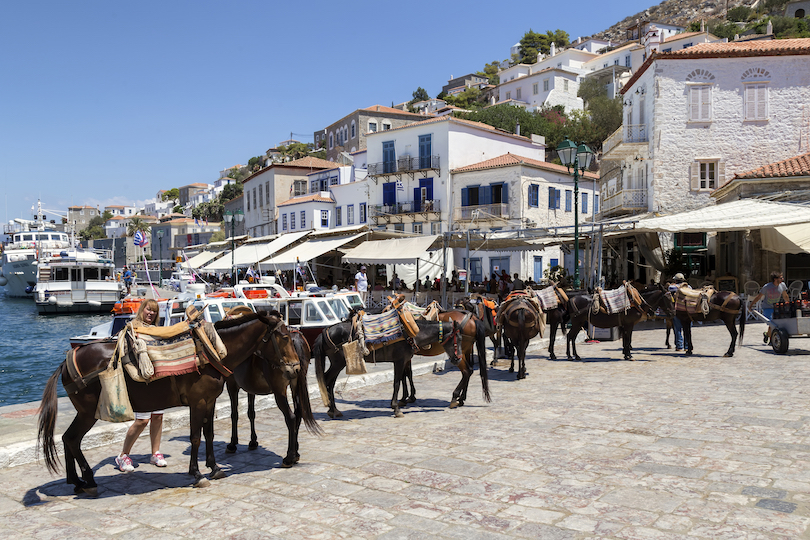
Prized for its unspoiled character, the island of Hydra offers day-trippers a delightful break from the hustle and bustle of life in Athens. Motor vehicles are off limits in Hydra, which makes the island the perfect spot to enjoy some rest and tranquility. Aside from the occasional donkey ride, walking is the island’s main mode of transportation.
The handsome 18th-century mansions along the waterfront are the island’s primary attractions and exploring the beautiful architecture makes for a leisurely sightseeing activity. Known as an artist community since the 1960s, Hydra’s steep stone streets are lined with studios, galleries, craft shops and bars.
Getting to Hydra
- To get to Hydra by public transport, you first need to get to the port of Piraeus, which lies just outside the capital. Just hop on the metro in the center of Athens; this will get you there in about 25 minutes. From Piraeus, four ferries a day depart to Hydra, and the journey takes less than two hours as you skim across the glistening waters of the Saronic Gulf. Once you arrive, you’ll have to explore the beautiful island on foot, as no cars are allowed on Hydra.
- Another option for visiting Hydra is to take a guided tour that also includes visits to Poros and Egina, two other lovely Greek islands; each of them has its own unique look and feel. Wandering around Hydra, Poros, and Egina is a lovely experience, and you’re sure to come away with lots of great photos from a wonderful day out. In addition to this, a traditional Greek folklore show is performed on the boat, so you can gain a deeper understanding and appreciation for the country’s rich culture and heritage.
1. Delphi
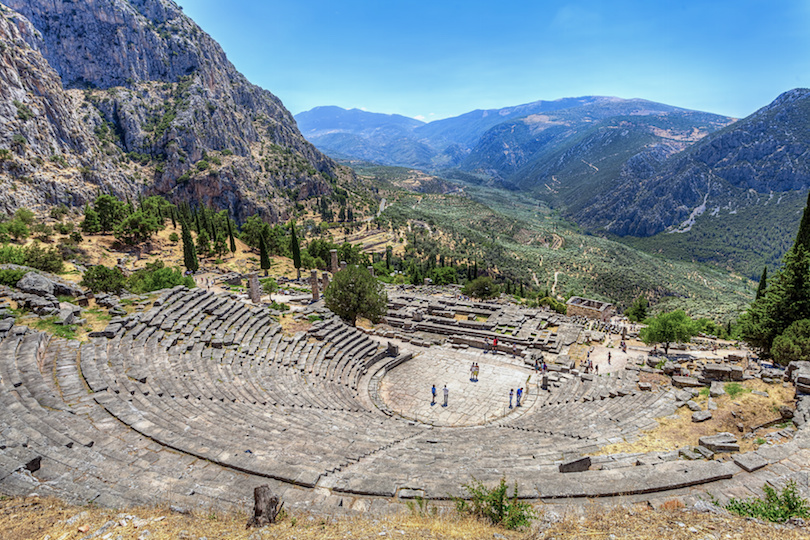
The ancient site of Delphi is best known as the place where for millennia, a succession of oracles interpreted messages from the gods for the benefit of those seeking wisdom. Spread over the slopes of Mount Parnassus northwest of Athens, Delphi is a huge site that includes a theater and stadium where the Pythian Games were held every four years.
Visitors approach the site of the oracle by way of a paved pathway lined with remnants of monuments, statues and administrative structures covered with inscriptions. The nearby Delphi Archaeological Museum displays a wealth of bronze artifacts, sculpture, friezes and pottery excavated from the site. From Athens it takes about 3 hours to get here by bus, so most people opt for an organized trip.
Getting to Delphi
- Lying to the northwest of Athens, Delphi is easily reached by public transport, and a number of direct buses depart from Bus Station Terminal B each day. During the summer, the morning buses are often quite full of tourists, so it is a good idea to book a seat in advance. All in all, it should take about three hours to get there. Once you arrive, you’ll find the incredible archaeological site lying before you.
- By car, it takes about two and a half hours to drive to Delphi from Athens. From the city center, you want to pick up the E75 heading northeast and stay on the motorway until it slowly loops around to the west. At Kastro, turn off onto the EO48 – this will take you all the way to Delphi. After this, all you need to do is park the car and enjoy the fantastic history all around you.
- If you are interested in learning more about Delphi’s fascinating past, a guided tour might be the thing for you. With an expert guide accompanying you, you’ll learn all about the myths and legends swirling around the site. The Temple of Apollo and the Delphi Archaeological Museum are just some of the highlights that you can expect to see. With stops at two traditional handicraft towns also included, it is an excellent day out that will teach you a lot about Greek history.

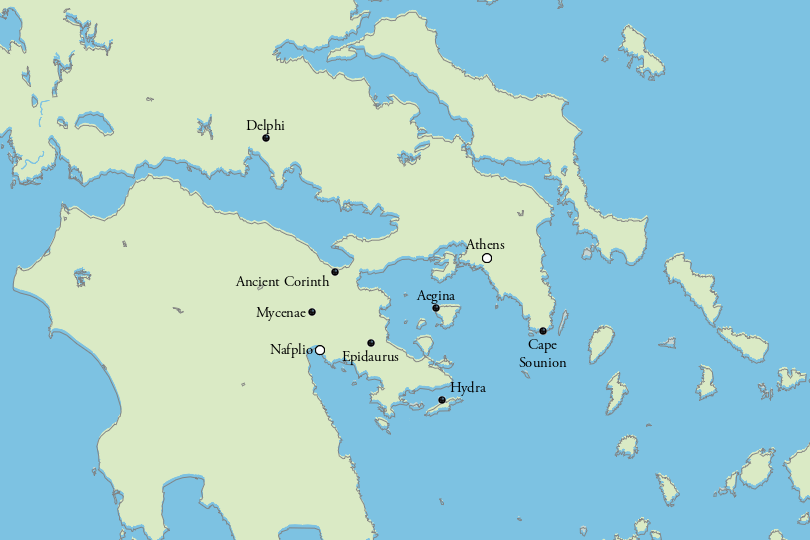




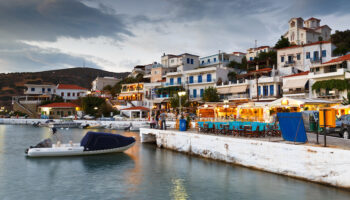
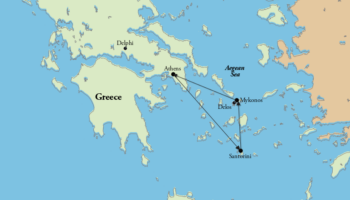



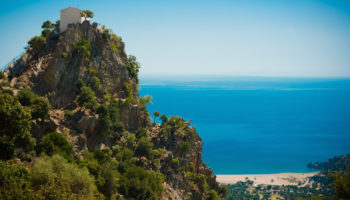
Leave a Reply